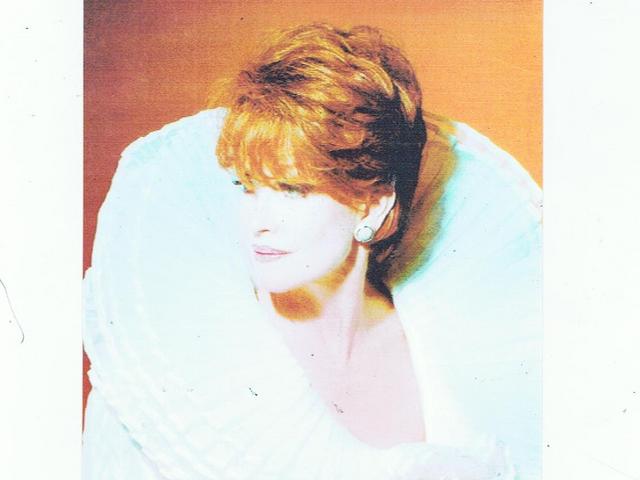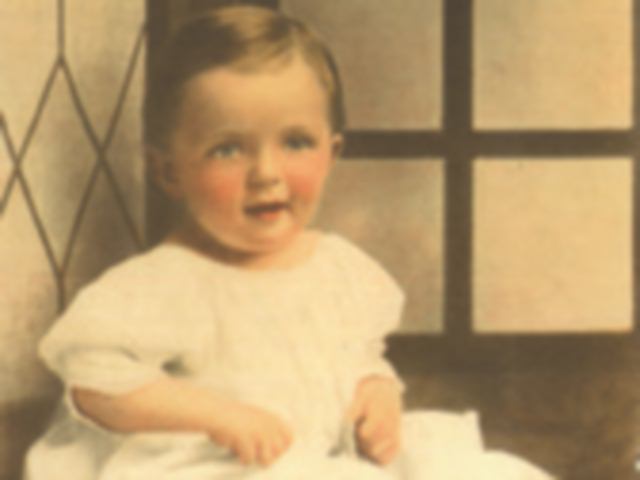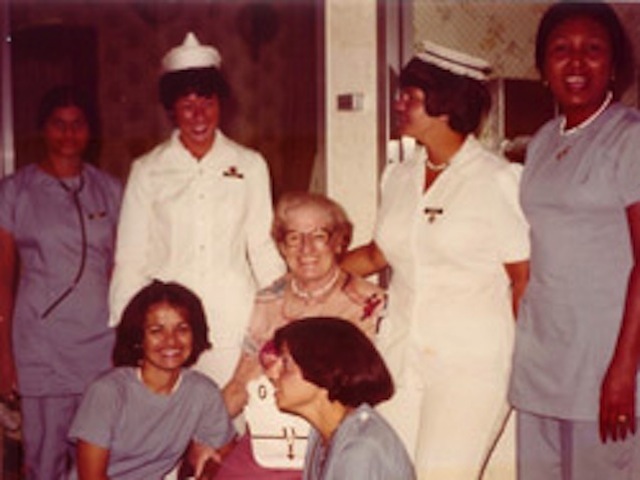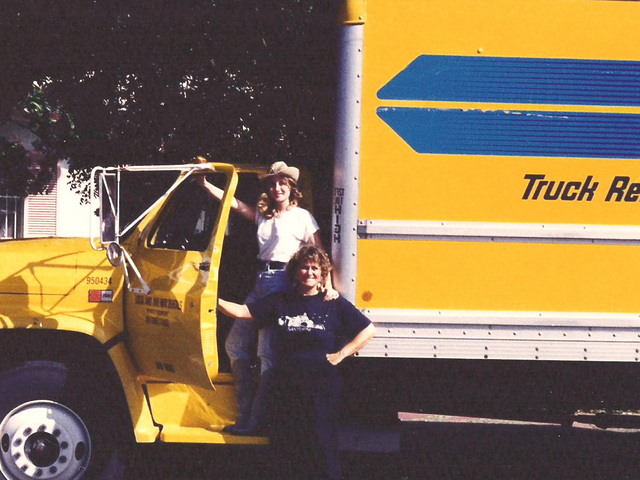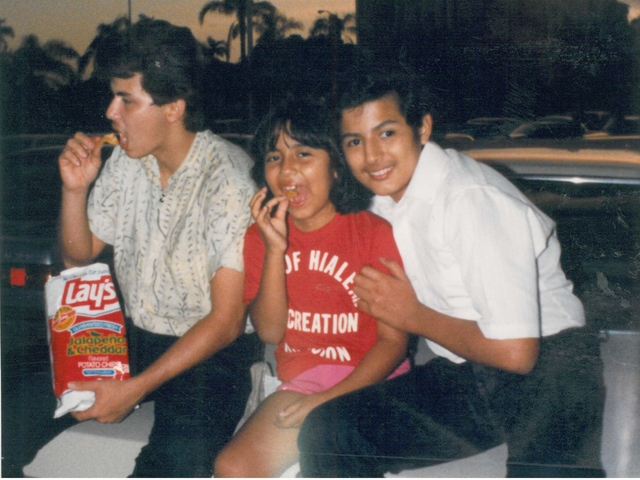Miami became my home in February 1960 when I was based here as a Delta stewardess.
I lived in Miami Springs, on a lake, with three other stewardesses – one from Eastern, one from National, and one from Delta. Other airlines were flourishing at that time, too; there was a large contingent of personnel from Pan American and TWA, as well as a number of South American airlines and Flying Tiger cargo airline.
During that era, we got new expressways that connected the mainland to Miami Beach. And culturally, we had opera. During the ensuing 54 years, I have seen our incredible city grow into a most amazing and iconic location between North and South America.
Back then, we thought we were big city dwellers, but the limits of the “city” at the time only went as far west as eastern Hialeah and the Opa-locka airport. To the south was the University of Miami and U.S. 1 to the Keys. The Palmetto Expressway was originally constructed in the late 1950s and early 1960s, but by the 1970s, various sections of the 16-mile corridor were expanded to six lanes. That connected motorists to the west to places such as the Doral Hotel and Country Club.
As the 1980s began, our community exploded. The Dolphin Expressway connected to the Palmetto, and I-95 and I-75 expanded the breadth of our amazing South Florida locale.
Among the highlights for me were the creation of the Miami City Ballet with the help of Toby Lerner Ansin. The inaugural performance was on Oct. 17, 1986, under the artistic direction of Edward Villella. The New World Symphony was established in 1987, co-founded by Lin and Ted Arison with conductor Michael Tilson Thomas. Bringing the genius of conductor Thomas to our growing Miami venue and securing the Lincoln Theatre on Miami Beach for concerts also elevated the cultural magnificence of our city.
In the late 1980s, the Miami Heat basketball team was founded, and later came the Florida Panthers hockey team. The first Miami Arena was built downtown, and sometimes there were games as many as five nights a week. So many Miami sports fans nearly lived in that arena.
At the same time, the University of Miami was expanding and became an internationally recognized and respected university.
Additionally, we had the Grand Bay Hotel in Coconut Grove. It housed the internationally known “Regine’s” nightclub. Michael Jackson and his entourage occupied the top floors during their stay in 1984 before the late singer’s Orange Bowl Victory Tour concert.
As the city grew, so did the need for broader cultural experience. That paved the way for the construction of the Adrienne Arsht Center for the Performing Arts. A new sports arena also rose downtown, now known as the AmericanAirlines Arena.
Major shopping facilities were opening everywhere, although the Bal Harbour Shops, which officially opened in 1965, continued to grow throughout the next three decades and it is still known as a high-end spot to shop.
Miami Beach and South Beach began to blossom in the late 1980s. Before that, many hotel pools were green with algae and doors leading out to the beach were boarded up.
South Beach had many unique stages of growth and attracted flocks of Europeans, South Americans and celebrities. New nightclubs were springing up weekly. During that time, there was also the Miami-Dade Cultural Center with the Historical Museum of Southern Florida and the Miami Art Museum, which was relocated downtown from its original Bayfront Park site.
In more recent years, Miami and Miami Beach also became home to Art Basel, the internationally acclaimed art fair. With the Art Basel venue here, art sophistication exploded and very positively impacted our South Florida environment.
We now have the Perez Art Museum Miami (PAMM), which opened in December on the same weekend as Art Basel. Coming soon to the Museum Park is the anticipated opening in 2015 of the Patricia and Phillip Frost Museum of Science and planetarium.
When I look out my windows at our incredible city, I marvel at what Miami has become. It is now a destination for people from all over the globe. Still underway is the continuing expansion of the Miami Design District as well as significant additions at Mary Brickell Village.
I have been living and working as an interior designer in our great city for these past decades, creating residences of some of Miami’s most interesting, accomplished and extraordinary families. The progress makes me so appreciative of all who have dreamed, struggled and created what this amazing Florida community is today. I feel so privileged to have passed this way during these times.

